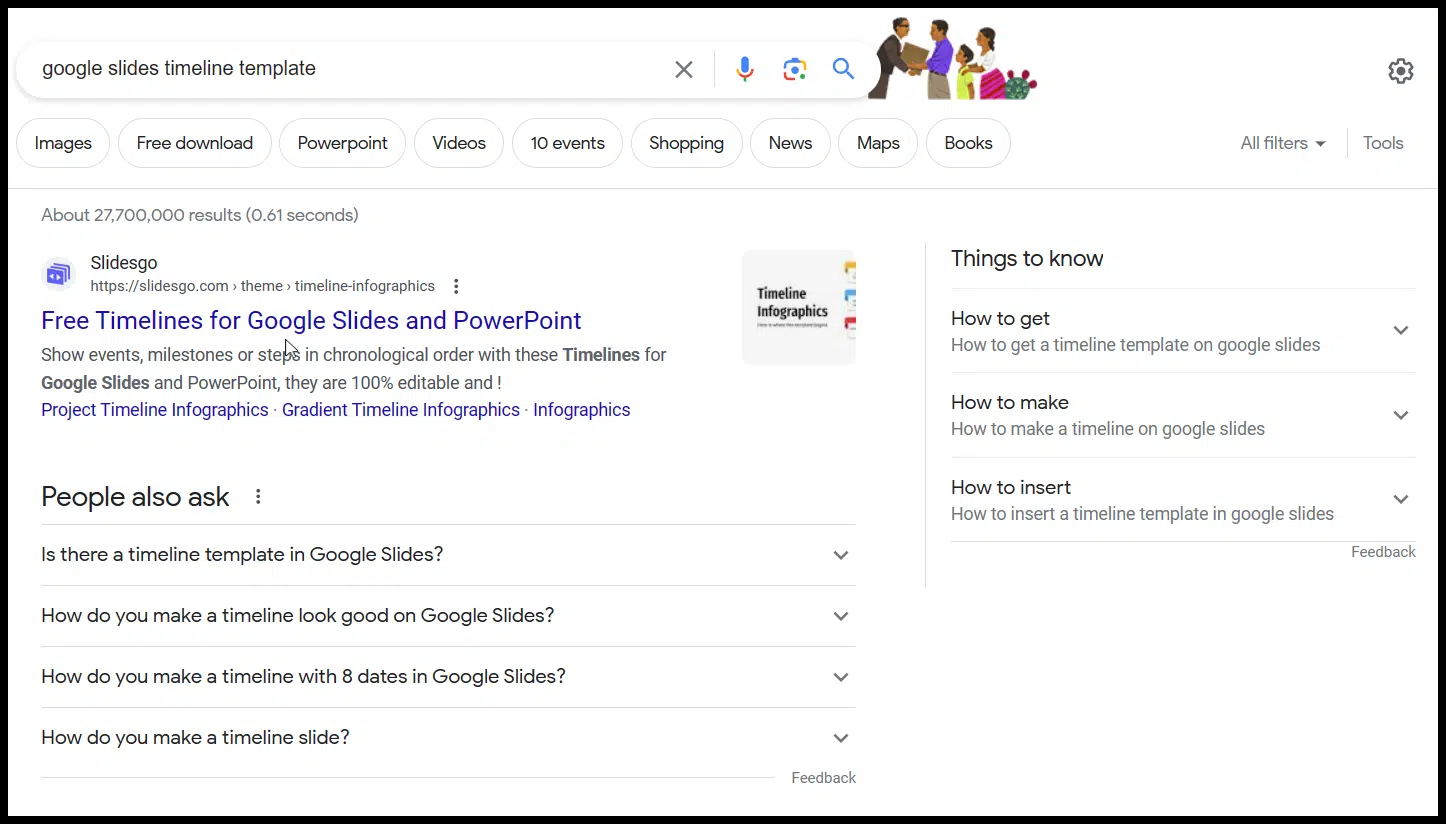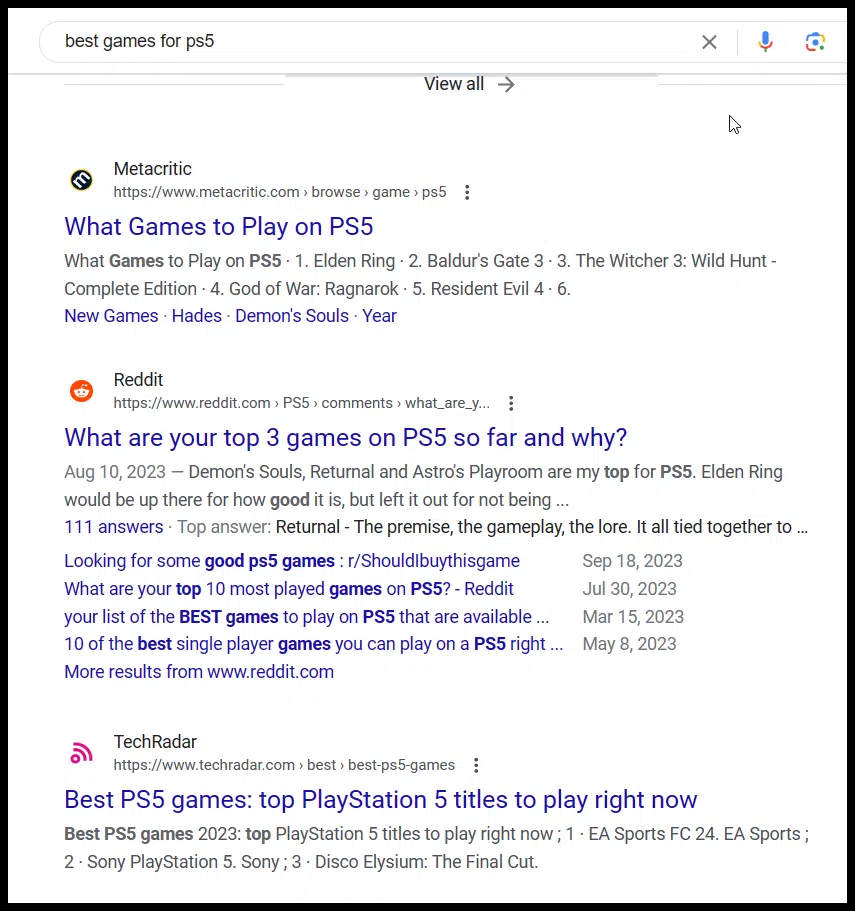Exploring programmatic SEO: Real-world examples and insights
With the rise of AI content to help make programmatically generated content more SEO-friendly, many publishers and businesses are considering investing in programmatic SEO.
In this article, I’ll explore specific programmatic SEO examples and how they rank in search.
Types of programmatic SEO
If you’ve researched the topic, you’ve likely come across some of the most popular examples of programmatic SEO: Zapier, Nomad List, or travel review sites.
To drive traffic with programmatic SEO (PSEO), you’ll want to find content that maps to the right search queries, fits your specific site and that your ideal visitors and prospects will find valuable.
You may already have data you can convert to various types of PSEO pages or quickly compile data that maps to a specific content type here.
In either case, being aware of some of these examples and general categories of programmatic SEO may spark some ideas that fit your company’s site.
1. Travel and geography-based pages
The best-known, highly valuable programmatic SEO page type is travel or geography-based sites like Yelp, Tripadvisor and Booking.com.
The premise is simple: the site will have a database with information about things like:
- Restaurants.
- Small businesses.
- Hotels.
- Entertainment options.
Here’s an example of a search result for “things to do in Boothbay Harbor:”

Not surprisingly, Tripadvisor (which purchased Viator, a site dedicated to experience packages) ranks first.
This page has a mix of links to collections of specific categories of things to do and specific things to do with brief descriptions (and links to the activity page):

Again, Tripadvisor ranks for several competitive variations of this type of query:

Worth noting, though, is that Tripadvisor is an authoritative domain. Most sites ranking for the same query have unique lists with content written about the topic, not programmatically generated pages.
If you have collections of review content on your site, these pages could be useful, but you need to do proper keyword research to ensure that the pages you’d generate will be well-positioned to rank on your site for the targeted query.
These don’t always need to be “best” searches either. If you have a specific feature for a store or location that people find valuable (i.e., stores with free wifi in X area, hotels that allow dogs in Y area, etc.), that can also trigger these types of pages.
2. Template collection pages
Another common type of programmatic SEO content are collections of different types of templates. This is often a good fit for a B2B site that’s looking for PSEO ideas or a site aimed at creators, as you can build collections of things like:
- Video templates.
- Social media templates or filters.
- Templates for slide decks, Excel or Google Docs, etc.
Canva is often referenced as a great example of this. If we look at the search query “Google slides timeline template,” we can see another:

The first result is from SlidesGo.com, which offers a bunch of templates for download:

This page also offers some custom content “below the fold” specific to the topic:

And the domain generally ranks for a variety of different template-related keywords:

Templates related to your core topic area (or a template-focused site) with the right level of competition for your site could be an interesting approach, particularly if you can generate some copy that’s helpful and unique to the page.
Get the daily newsletter search marketers rely on.
3. X vs. Y
Even if you’re not an affiliate or product review site, “X vs. Y” content comparing products or software where you have a database of information is a good candidate for generating a page type programmatically.
Here is a search for a comparison of two dog brushes Hertzko vs. Furminator:

And Slant.co, which generates a lot of these product comparison pages, ranks first.
It also ranks for a variety of “vs.” queries around things like apps, products, and other solutions:

What you would need to replicate these would be:
- A spreadsheet with many data points surrounding a set of products or apps.
- A unique blurb of “analysis” summarizing the differences and similarities between the two products or apps. (This would be very easy to set up with prompts to generate AI content.)
- A template for the comparison pages.
Of note here also is that, according to Ahrefs, the slant.co domain has seen a steady decline in traffic since late 2020 (the site had been ranking for a very wide mix of topics).
4. Best X for Y
Similarly, if you have ratings around a specific product or type of software or app, generating pages based on the category of product / game is another approach, as we see here with the Metacritic result for “best games for PS5”:

While this isn’t the top ranking, you can see they have rankings secured for a variety of similar queries just by returning an index page of games for a specific function:

If your rating system is hard-won and valuable for searchers, these types of pages can be relatively “thin” but still valuable to searchers.
5. Database-driven pages
If you have a database or spreadsheet with information on various stores, products, etc., using that to programmatically generate pages can be highly effective, particularly in an authoritative domain.
This is another example of a highly trusted domain, the official American Kennel Club website, which has several dog breed pages with a specific template and a lot of information about those breeds populated.
In this instance, they rank first for the breed Affenpinscher:

Below, you can see the formatting they use across breed pages (with the date for weight, height, life expectancy, etc., populated on the main page and tabbed content):

Within this /dog-breeds/ section, they rank extremely high for a variety of terms:

Suppose you have an authoritative domain and are looking to scale content creation.
In that case, you can pair specific data points (e.g., height or weight) with some custom content around breed characteristics to generate pages (rather than creating long-form breed guides from scratch one by one).
Getting started with programmatic SEO
We’ve delved into various real-world examples and categories of programmatic SEO, showcasing its potential for publishers and businesses in the age of AI-driven content.
As you explore the possibilities of programmatic SEO, remember the importance of diligent research and effective content creation.
With the right approach, programmatic SEO can be a valuable addition to your digital marketing toolkit.
Opinions expressed in this article are those of the guest author and not necessarily Search Engine Land. Staff authors are listed here.
Related stories
New on Search Engine Land
https://searchengineland.com/programmatic-seo-real-world-examples-insights-433490
